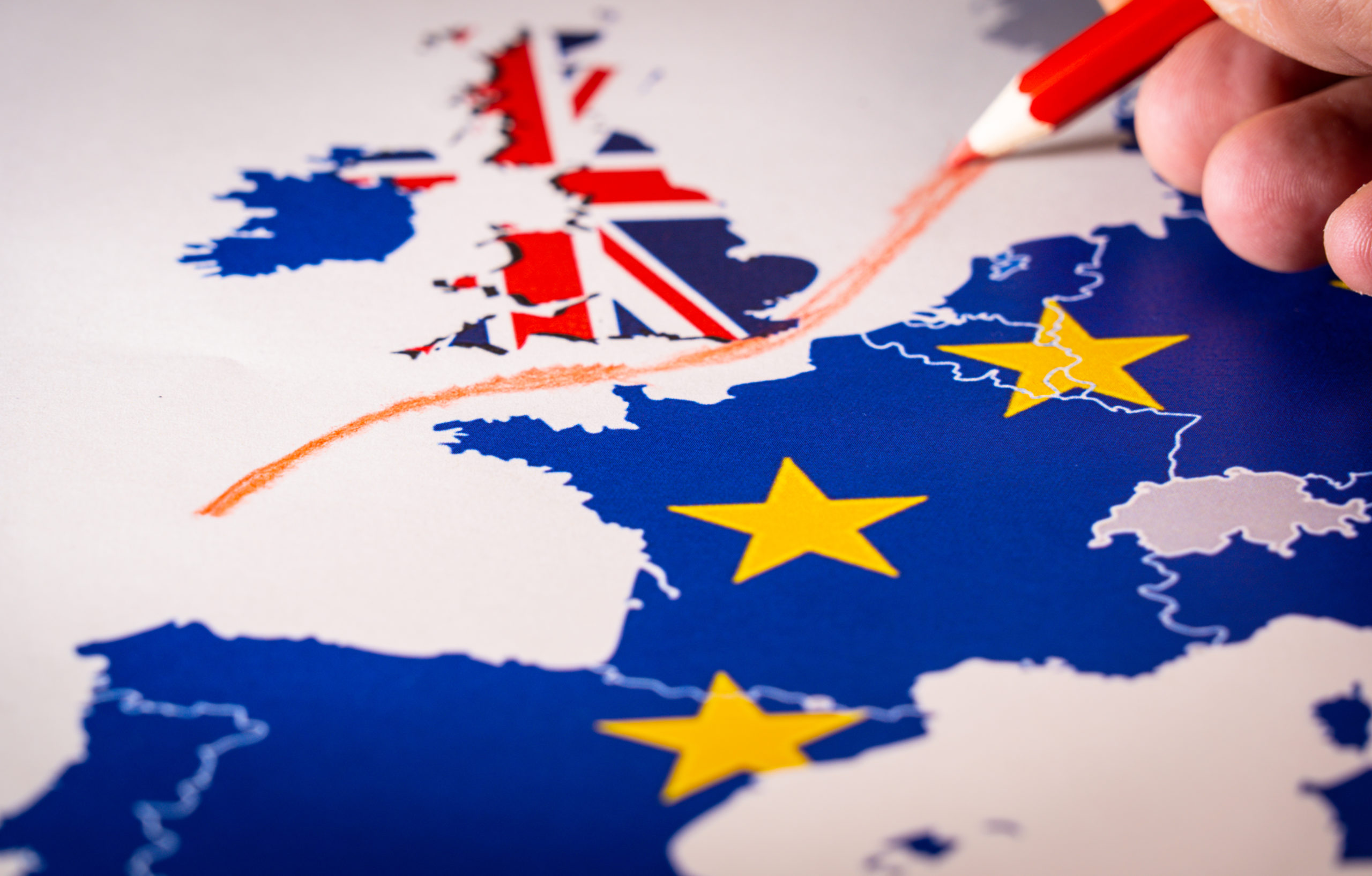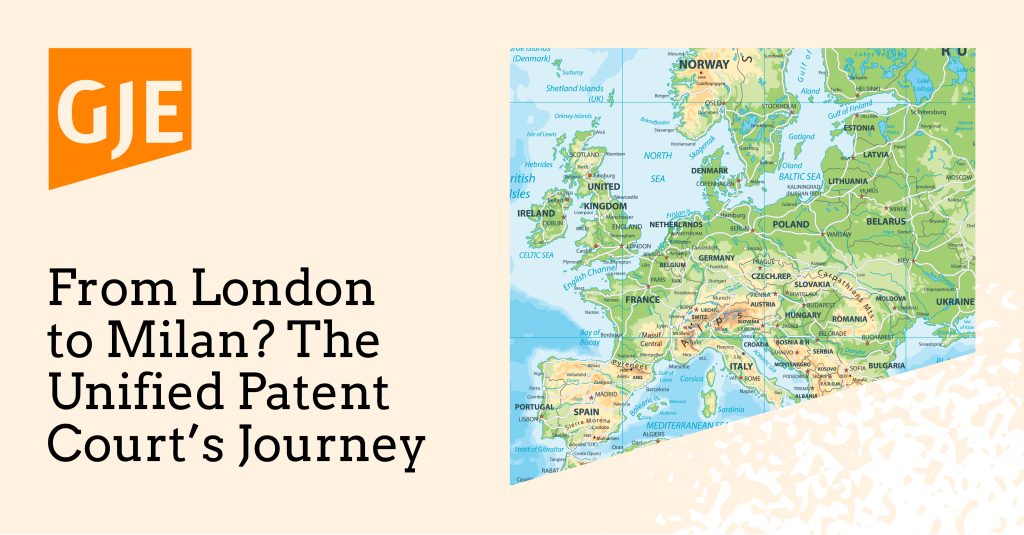
The UK’s transitional arrangement with the EU in the wake of its formal exit finally came to an end on 31st December 2020. Companies who have previously relied on registered and unregistered European Community designs to protect their products in the UK now find themselves having to adapt to the change in territorial effect of these rights.
The headline point is that existing rights have been protected, with both registered and unregistered community rights in force at the end of the transition period being automatically converted into equivalent UK design rights by the UK Intellectual Property Office. However, those seeking new rights in the UK can no longer rely on the European Community design system and furthermore those who had previously relied on unregistered rights will need to be wary of a possible conflict between unregistered Community design (UCD) and its new replacement UK right, the supplementary unregistered design (SUD), discussed below.
As mentioned, the good news for existing registered rights holders is all registered and published RCDs have been recorded on the UK register and are now treated as if they had been applied for and registered under UK design law. They have retained the registration and application dates of the corresponding RCDs and inherited any priority dates. Such “re-registered” designs are each allotted a UK number consisting of the full RCD number prefixed with the digit ‘9’. Rights holders now need to ensure that they identify these newly generated rights and begin paying the renewal fees for these new registered UK designs should they wish to keep them.
For those whose registered design application was pending when the transition period ended, the situation is not quite so straightforward. Any applicant holding a pending RCD application at the end of the transition period now has until 30 September 2021 by which they must apply to register a UK design in order for an equivalent UK right to be generated retaining the earlier filing date of the pending RCD. These applications will be treated as a UK registered design application and be examined under UK design law. The standard UK fee structure will apply in such cases.
Like their registered counterpart, existing unregistered Community designs (UCDs) have been automatically replaced by equivalent UK rights and so will continue to provide protection in the UK for the remainder of the 3 year term attached to them. However, any unregistered Community design right generated on or after 1 January 2021 will no longer provide any protection in the UK.
The UK has introduced a new unregistered design right to replace the outgoing unregistered Community designs called a “supplementary unregistered design” (SUD). This new right replicates the protection previously provided by unregistered Community designs in the UK and will exist alongside the existing (and entirely separate) UK unregistered design right. The terms of SUD protection are similar to that previously conferred by an UCD; SUDs mirror UCDs by providing UK protection for both 3-and 2-dimensional designs for a period of three years.
Designers should be wary of the potentially conflicting requirements of the new supplementary unregistered design right and unregistered Community design rights. The SUD right is established by a first disclosure made in the UK or another qualifying country (such as Hong Kong, New Zealand, and some other smaller Commonwealth countries, but not including the EU states) and the protection provided by a SUD does not extend to the EU. On the other hand, UCDs are established by first disclosure in the EU and will not establish a SUD right. Designers will need to avoid disclosing their design for the purpose of obtaining one unregistered design right and unwittingly creating their own prior art preventing them from establishing the other type of unregistered design right.
It is worth noting that, going forward, UK businesses and other entities can still obtain registered design protection in the remaining 27 member states of the EU through an application to the EUIPO. Any equivalent design protection in the UK will need to be obtained by filing a separate application for a UK registered design at the UKIPO. This will add somewhat to the administrative burden and costs overall, although fortunately the UKIPO official fees are significantly lower than those for the EUIPO and are some of the lowest in the world.
As a European firm we, at GJE, are continuing to file both RCDs and UK registered designs for our clients around the world. Businesses from the UK, EU and worldwide will still be able to apply for UK registered designs through the UKIPO, for EU registered designs through the EUIPO, or both of these. Businesses may also use the international route for design protection under the Hague Agreement for the international registration of industrial designs but must designate the EU and the UK separately.
So, design owners can rest assured that their existing rights are not lost following the UK’s completed withdrawal from the EU, but they must now identify the automatically-created equivalent registered UK rights and ensure that these are separately maintained. Going forward, businesses will need to devise new strategies for protecting their designs in the UK and EU. At GJE, we are there to help you prepare the right filing strategy for obtaining protection for your designs across Europe and the world.
For more information on how we can help you protect your designs, visit our Designs page here. If you wish to discuss any of the issues raised in this article, please get in touch with us via gje@gje.com.
